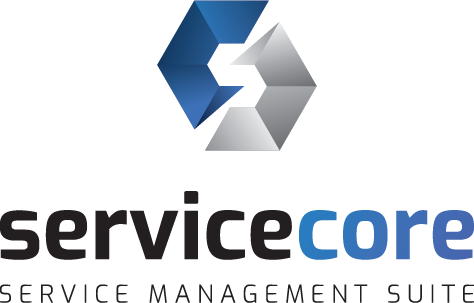Continual Improvement
Continual improvement is the main application method of service management.
According to ITIL4, service management should be implemented with an endless continuous improvement method. Continuous improvement is ITIL4's main application methodology.
Continual improvement practices are at the backbone of every service management system. The natural component of a service management process and service automation work is continuous improvement practice.
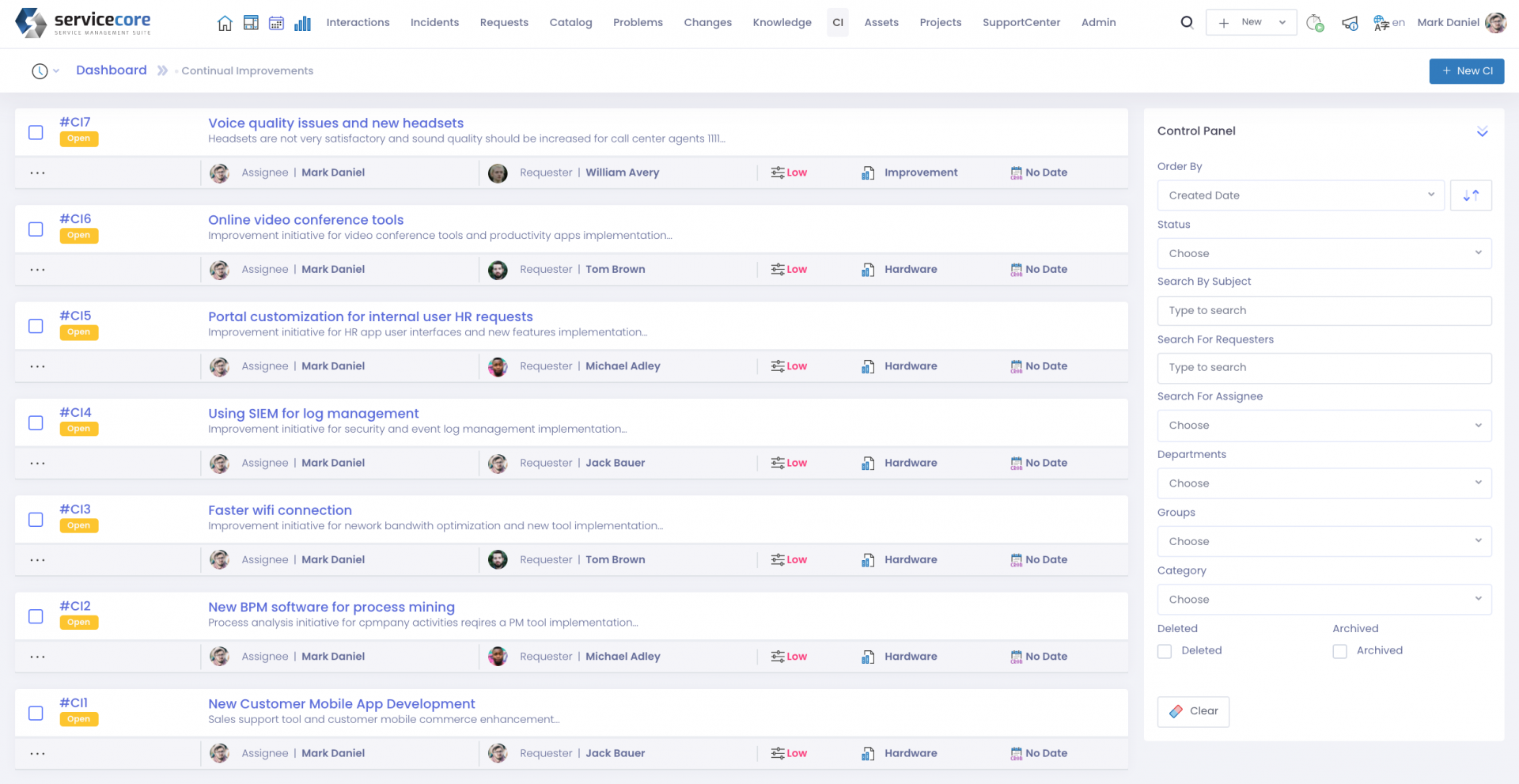
The CI module has developed the recording and tracking mechanism of the initiatives required for continuous compliance with targets, due diligence, determination and elimination of weaknesses, and continuous improvement of assignments and improvements. As a continuous improvement records (CI Register) environment, the CI module provides the necessary infrastructure for tracking CI initiatives from start to finish.
In addition to the results from the process and service reports, improvement suggestions from all technical teams and users are captured at the interaction layer and followed up in the CI module as opportunities for improvement.
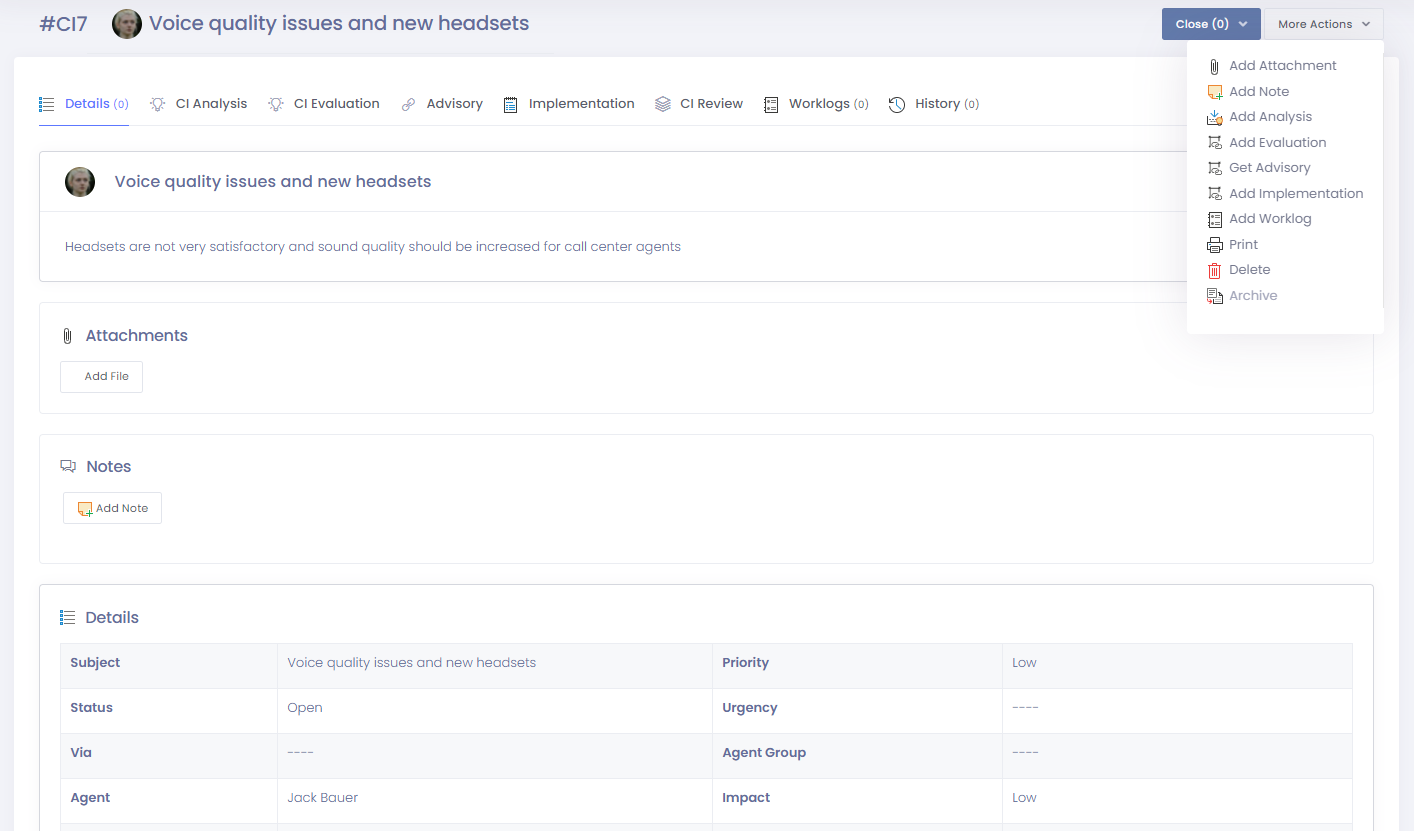
There are three basic types of interaction with “end users” in ITIL4 and Service Management practices. Incident, request and improvement suggestion. Often the event and request processes are mixed and treated in the same way, which is not true. But the more problematic approach is to handle improvement suggestions in the same category or same software module as the request.
You can find suggestions, additional needs, new requirements, etc. in the service catalog that contains the standardized requests of users. Subjects that require development-design-production should not be included. These should be analyzed as a CI record, evaluated and opinions collected and decisions made.
Such improvement initiatives, which are prioritized and put in order according to other needs-needs-ideas, can then be put into use with a change or a project.
The concept of "DEMAND" is the practice of determining the general behavior patterns, consumption trends, expectation changes of users/consumers/customers within the scope of ITIL and making necessary capacity and budget studies accordingly. Where work that requires additional non-standard development, design, coding, integration and configuration must be met is through the continuous improvement process. In the "Engage" layer in the ITIL4 Service Value System, both standard requests and situations that require development (and subsequent changes) are a work led by the CI process in close contact with the customer.
Any non-standard requirement encountered in the “Engage” phase is an opportunity for improvement. Such suggestions, some of which do not provide "benefit", some of them less useful and some of which have high added value, are evaluated under the leadership of the CI process and with the contribution of many other processes.
In the Servicecore CI module, this evaluation is processed in three stages.
“Analysis” in the first stage, “Evaluation” in the second stage, and “Consultation-Advisory” in the third stage.
Other processes that contribute to this three-stage decision-making process under the leadership of the CI Manager, who owns the CI practice; Business analysis, service level management, relationship management, service portfolio management, risk management, service finance management, service catalog management, request management processes.
Another feature that makes Servicecore application different from all other products is that such non-standard requests can be received via email and portal, by integrating Interaction and CI middleware.
Generally, it is a problematic approach that the software teams of the IT units receive software requirements such as direct orders from the project culture, and all kinds of requirements are quickly entered into the backlogs without adequate evaluation. It is not correct to receive a software or service development request from the request module, like an ordinary request of a user, as if he wanted any of the standardized operational services.
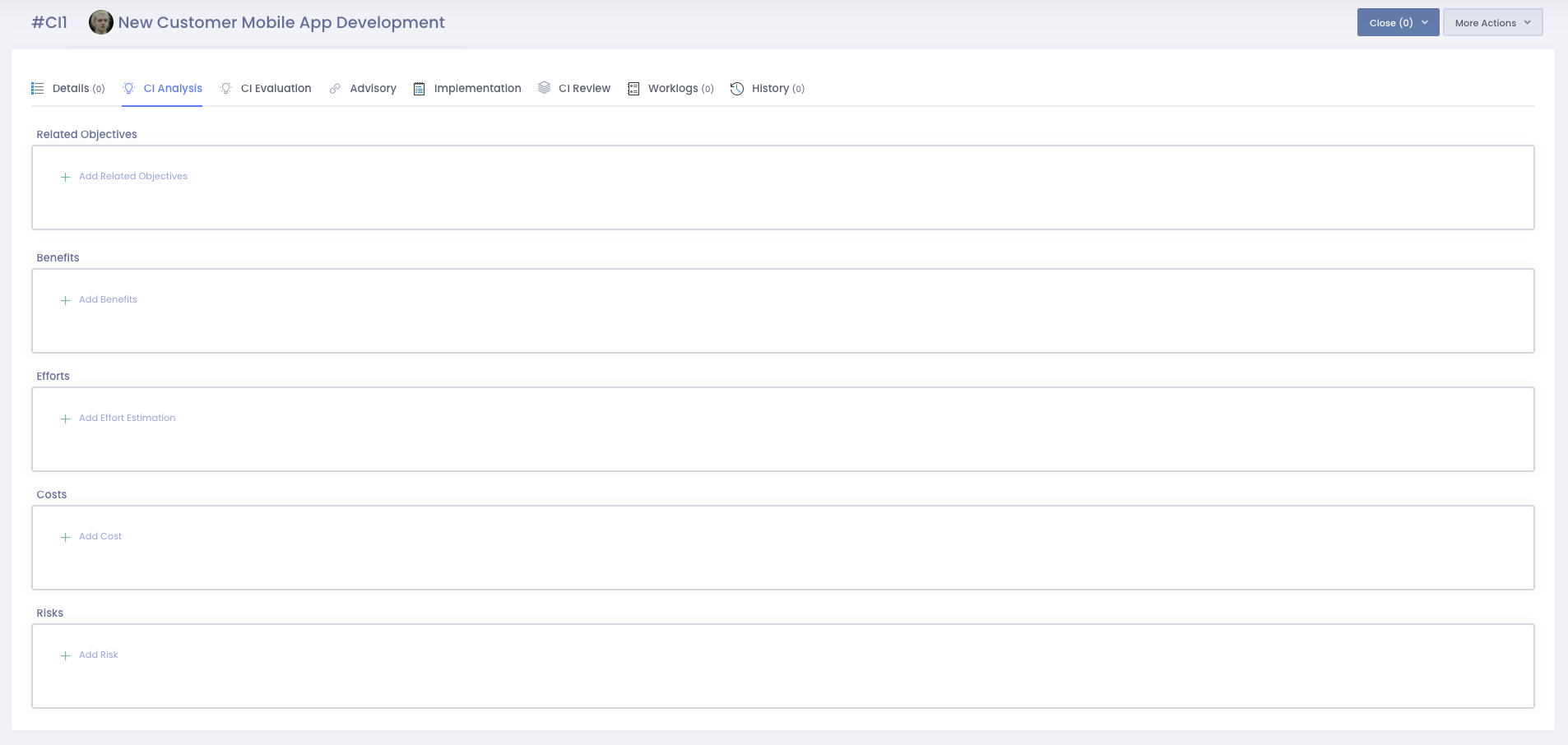
In the Servicecore digital service management application, such non-standard requirements can be analyzed and evaluated according to the following headings as improvement initiatives.
1- What is the contribution of this proposal to the objectives of the institution?
It is necessary to ask how the requirements, which are generally stated as "urgent and priority" needs by the end user or a department, are related to and contribute to the goals and objectives of the institution. In the context of ITIL4 and "value orientation", the number one rule of the service management world, all improvements should be evaluated by looking at the corporate targets.
2- What are the concrete benefits of the proposed improvement?
Does this improvement cover a user, a business unit, or an entire organization? What are the benefits of the gain to be obtained in terms of financial, efficiency and quality? At this stage, a persuasive, concrete, achievable goal should be stated.
3- What is the effort required to achieve this improvement?
The user or internal customers cannot be expected to know the required effort behind the proposed improvement. At this stage, realistic workforce should be calculated.
4- What are the costs?
The cost required to reap the benefits of improvement must be clearly known. A cost improvement is expected to be at a level that complies with the criteria asked in Questions 1 and 2 and is worth the investment.
5- What are the risks of making and not making this improvement?
What will be lost if I do not implement the improvement idea in question? If it is implemented, what threats and systemic effects will there be with the change? At this stage, threats and probabilities are calculated with the contribution of the risk management process.
The next step in the Servicecore CI module is evaluation scoring for prioritization based on the following criteria. Other institution-specific criteria can be added to the criteria here.
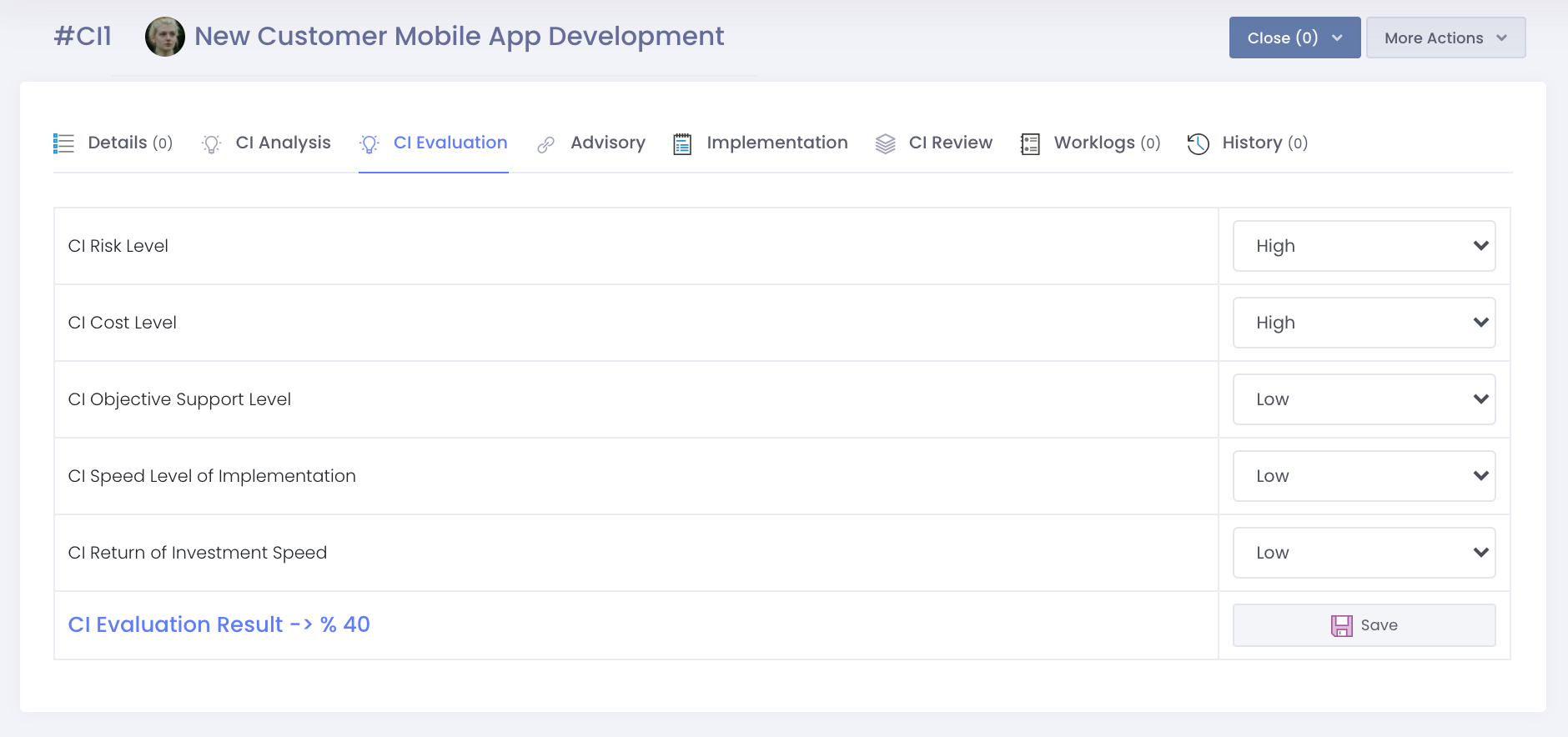
The next step in the Servicecore CI module is to collect opinions from all relevant stakeholders (service owner, product owner, customer, other planning and design processes, system administrators, software and infrastructure teams and users, etc.) related to the relevant improvement.
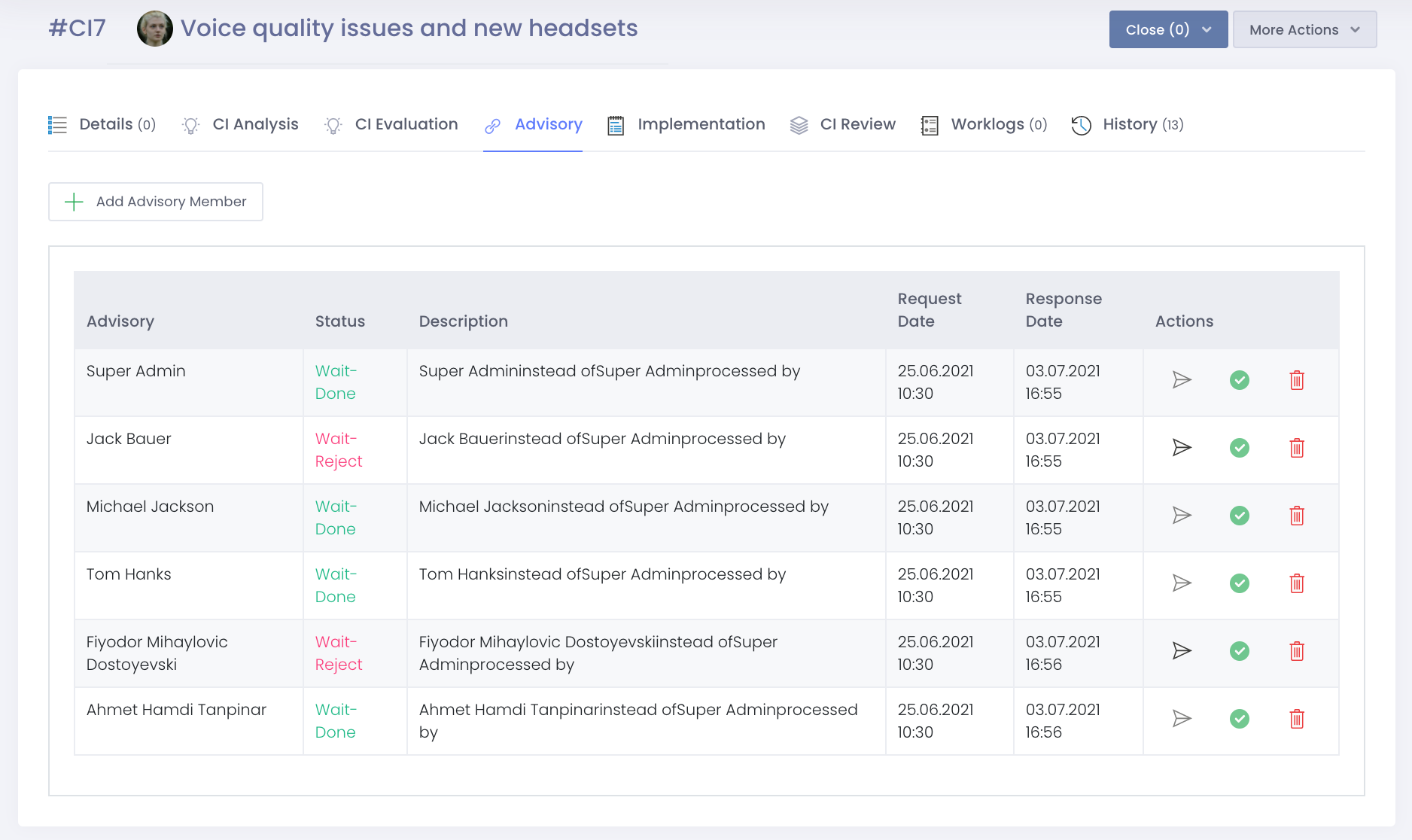
Decisions on whether an improvement that has passed all these stages will be put into use, what its priority will be, and when it should be done are recorded in the CI Details section and in the Properties field on the right panel.
If it is to be put into use, the Implementation phase is started, where a change record or a project record is opened and the improvement is activated and followed.
In the final stage, the CI practice was reviewed and “Did we get there?” By asking the question, whether the improvement has worked, whether it has achieved its goals and whether it is still “valuable” for the institution is questioned and recorded.
Continuous improvement initiatives are managed in this way with the Servicecore CI module, which is developed in full compliance with the “Continual Improvement Model” described in the ITIL4 CI Practice.
